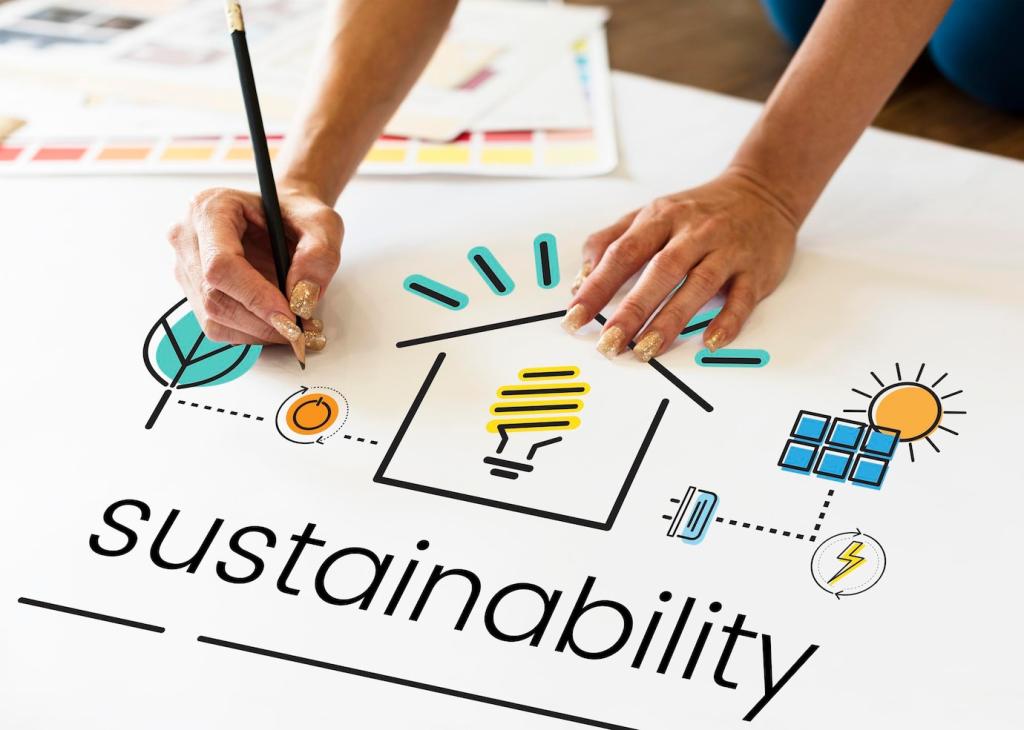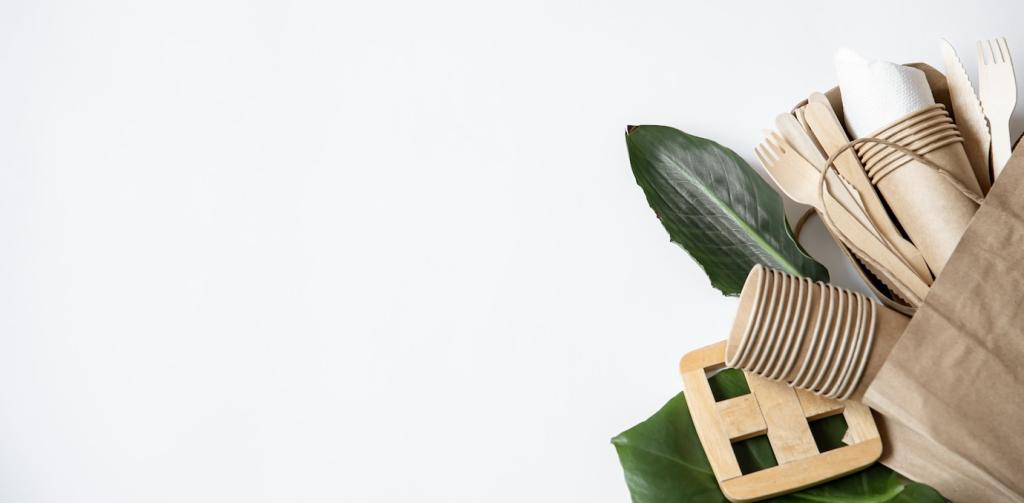Chosen Theme: High-Tech Solutions for Eco-Friendly Design
Welcome to our deep dive into High-Tech Solutions for Eco-Friendly Design. Today we explore how advanced tools—AI analytics, digital twins, bio-based innovations, and smart energy systems—unlock practical, measurable sustainability. Read on, share your thoughts in the comments, and subscribe for the next chapter of climate-smart creativity.
Data-Driven Sustainability from Day One
Digital Twins that Learn and Adapt
Live digital twins fuse sensor inputs with physics models to simulate performance and continuously tune buildings. Teams have reported double‑digit energy reductions after commissioning, because these models catch drift early, recommend targeted fixes, and validate savings with transparent, measurable evidence everyone can trust.


Life-Cycle Assessment at Concept Stage
Parametric LCA integrates with design software so each material swap, geometry tweak, or structural change instantly updates embodied carbon. Instead of verifying sustainability at the end, teams guide decisions from the start, avoiding lock‑in and capturing low‑carbon wins when adjustments are still easy and inexpensive.

Materials and Matter, Upgraded
Cross-laminated timber paired with digitally fabricated connectors delivers strength, warmth, and radically lower embodied carbon. Embedded tags store specifications for reuse, while structural sensors monitor moisture and load. The result is beauty backed by data, enabling repair, recovery, and circularity without sacrificing safety or performance.
Energy Systems that Think Ahead
Forecast-driven controls pre-cool or pre-heat spaces when renewable power is abundant, then glide through peak hours with minimal load. Occupancy models trim conditioning in unneeded zones while maintaining comfort, proving that intelligent scheduling and localized control can cut energy without sacrificing the human experience that buildings support.
Solar glass, façade shingles, and canopy panels provide electricity while shading and beautifying envelopes. Coupled with smart inverters and load shifting, these surfaces become productive skins. Designers can evaluate angle, pattern, and output in the model, balancing aesthetics, daylight, and generation to optimize both form and function.
Phase-change materials, water tanks, and slab mass store cheap, clean energy for later use. Paired with variable-speed heat pumps, systems shift demand off-peak, maintain stable temperatures, and reduce emissions. The combination is quiet, comfortable, and ready for grids increasingly powered by wind and sun.

Circular Design with Digital Passports
QR-Tagged Components for Transparent Reuse
Each door, panel, and beam can carry a digital passport recording composition, certifications, maintenance, and disassembly instructions. Scanning on-site reveals exactly how to remove and reuse elements safely, helping teams plan future renovations and making responsible choices faster than traditional paper binders ever could.

Human-Centered, Planet-Aligned
Daylight autonomy, glare probability, acoustic clarity, and thermal comfort can be modeled alongside kilowatt-hours and carbon. Designers see trade-offs clearly and discover sweet spots where human experience improves while energy drops. When stakeholders understand the data story, consensus forms faster and projects move with confidence.
From green walls that filter particulates to timber finishes that calm heart rates, simulations help quantify benefits and avoid greenwash. Tools test airflow around plants, moisture risks, and maintenance loads, ensuring biophilic features deliver measurable health outcomes without compromising durability, indoor air quality, or operational efficiency.
A midwestern library used sensors to map stale zones and CO₂ spikes. Small diffuser relocations, demand-controlled ventilation, and a planted atrium reduced complaints dramatically. Circulation rose, absences fell, and energy use dropped, proving that listening to buildings—and their people—can unlock astonishing, shared gains.
From Prototype to Policy
Open formats and APIs let models, meters, and maintenance systems talk. When data moves easily, analyses are repeatable, audits are simpler, and teams avoid vendor lock‑in. The result is speed: more time designing and less time retyping, with decisions grounded in consistent, verifiable performance evidence.
From Prototype to Policy
Short, focused pilots de‑risk innovation. A school added predictive controls and submetering, cutting peak demand while improving comfort. Sharing lessons—wins and misses—made district buy‑in easy. Replication across campuses turned a single experiment into a blueprint for reliable savings with minimal disruption to daily life.



Share Your Hardest Design Challenge
What problem keeps you up at night—embodied carbon in structure, conflicting comfort targets, or grid constraints? Drop a comment with context, and we will explore high‑tech, practical pathways together in future posts, linking tools, tactics, and real projects you can adapt immediately.

Subscribe for Field‑Tested Playbooks
Join our mailing list for concise briefs on digital twins, LCA workflows, and predictive controls. We translate research into repeatable steps, templates, and checklists you can put to work next week without expensive software stacks or endless meetings that drain momentum and clarity.

Bring Your Team to a Live Q&A
Invite colleagues and clients to our next session on high‑tech sustainability. We will unpack case studies, compare tools, and discuss procurement strategies that actually scale. Send your questions in advance so we can tailor demos and give you actionable, project‑ready answers.
